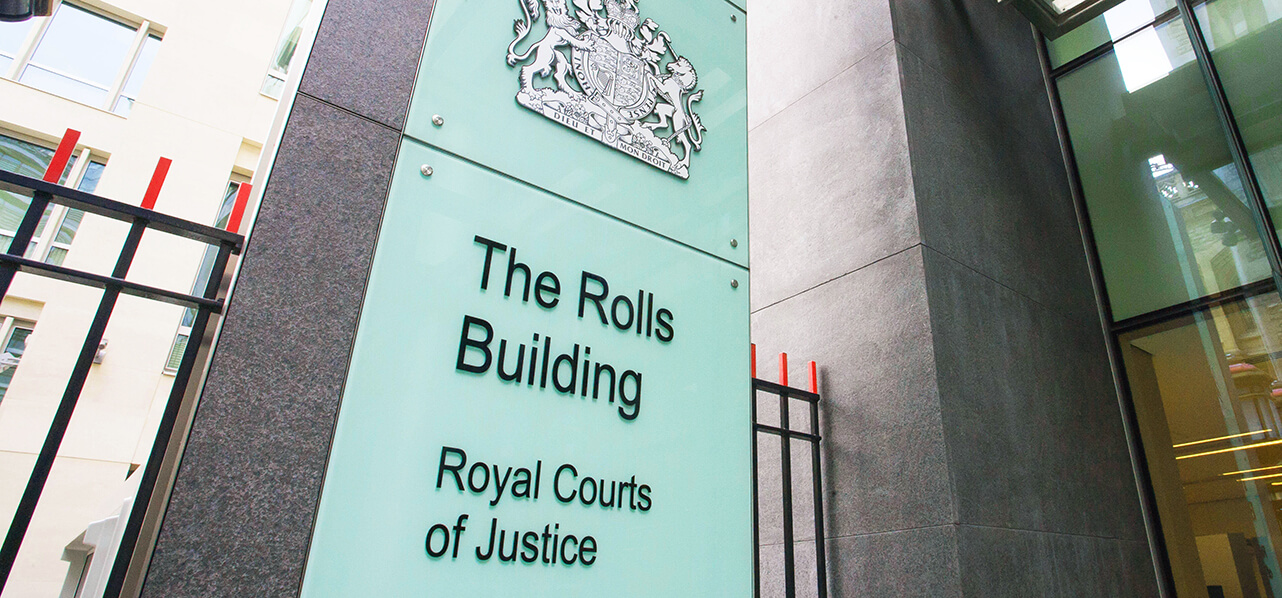Introduction
The UK Supreme Court has today handed down a significant and highly anticipated decision on the interpretation of liquidated damages clauses.
The decision in Triple Point Technology, Inc v PTT Public Company Ltd¹ brings welcome clarity to the applicability of the “orthodox approach” to the interpretation of a liquidated damages provision where, following delays by the contractor, a contract is terminated by an employer prior to completion. It also reinforces well-recognised principles relating to the interpretation of limitation of liability provisions.
Watson Farley & Williams acted for the successful party, and longstanding client, PTT Public Company Limited (“PTT”).






